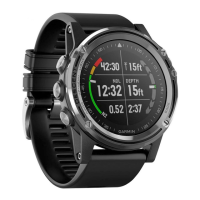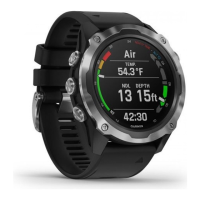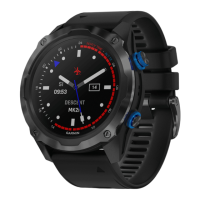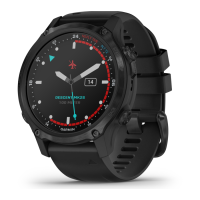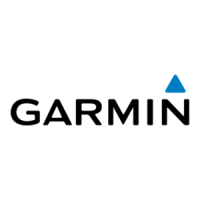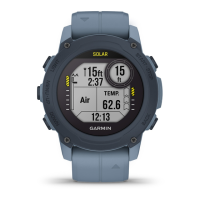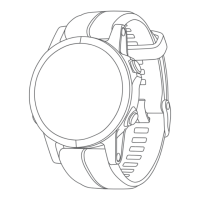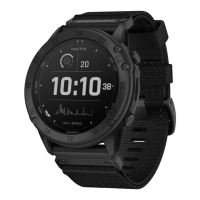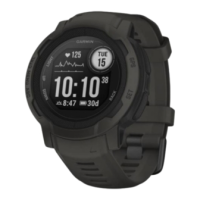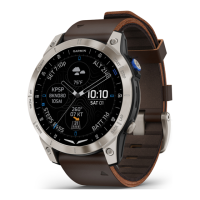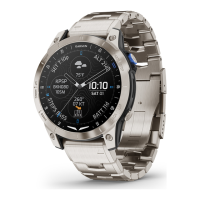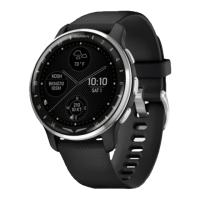Dive Product and Feature Compatibility
You can pair multiple Descent devices to form a dive network for you and your fellow divers.
Descent T1 with 2.xx
software or earlier
Descent T1 with 3.xx software
or later
Descent T2
Descent Mk2i with
20.40 software or
earlier
• View tank pressure
• View diver depth
• No network connection • No network connection
Descent Mk2i with
22.00 software or
later
• View tank pressure
• View diver depth
• View tank pressure
• View diver depth
• View public tank name
• View tank pressure
• View diver depth
• View public tank name
Descent Mk3i
• View tank pressure
• View diver depth
• View tank pressure
• View diver depth
• View public tank name
• View tank pressure
• View diver depth
• View public tank name
: View tank pressure for yourself and connected divers.
: View diver depth for connected divers.
: View the public transceiver names for yourself and connected divers.
: No dive network connection. You should update both of your devices to the latest software versions.
The following alert appears on the watch: Transmitter %1 failed to connect.. "%1" is replaced with the
transceiver name.
Dive Terminology
Air time remaining (ATR): The time you may remain at the current depth until an ascent at 9 m/min. (30
ft./min.) would result in surfacing with the reserve pressure.
Central nervous system (CNS): A measure of central nervous system oxygen toxicity caused by exposure to
increased partial pressure of oxygen (PO2) while diving.
Closed-circuit rebreather (CCR): A diving mode used for dives performed with a rebreather that recirculates
exhaled gas and removes carbon dioxide.
Maximum operating depth (MOD): The greatest depth at which a breathing gas can be used before the partial
pressure of oxygen (PO2) exceeds the safe limit.
No decompression limit (NDL): A dive that does not require decompression time while ascending to the
surface.
Oxygen toxicity units (OTU): A measure of pulmonary oxygen toxicity caused by exposure to increased partial
pressure of oxygen (PO2) while diving. One OTU is equivalent to breathing 100% oxygen at 1 ATM for 1
minute.
Partial pressure of oxygen (PO2): The pressure of the oxygen in the breathing gas, based on depth and oxygen
percentage.
Pressure-based surface air consumption (PSAC): The change in pressure over time, normalized to 1 ATM.
Respiratory minute volume (RMV): The change in gas volume at ambient pressure over time.
Surface interval (SI): The amount of time that has elapsed since the completion of the last dive.
Time to surface (TTS): The estimated amount of time it will take to ascend to the surface, including
decompression stops.
Volumetric surface air consumption (SAC): The change in gas volume over time, normalized to 1 ATM.
Diving 29
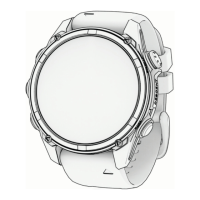
